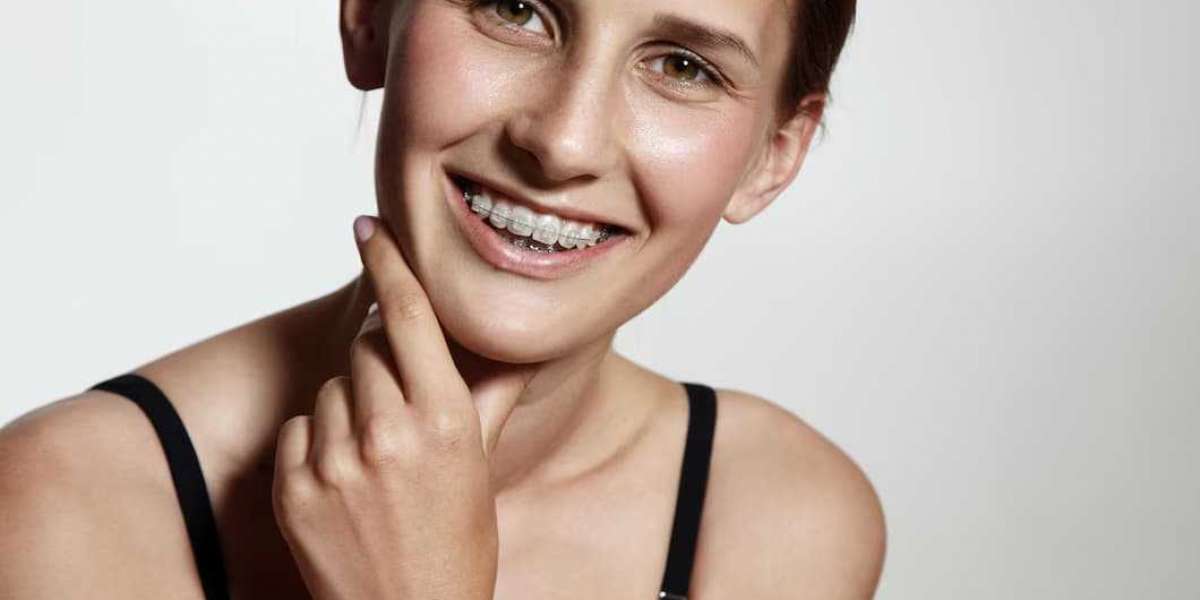This guide will walk you through what to expect before, during, and after rhinoplasty
(عملية تجميل الأنف في الرياض) so you can feel informed, prepared, and confident every step of the way.
1. Initial Consultation: Discussing Your Goals
Your rhinoplasty journey begins with a detailed consultation. Here’s what happens:
Medical history review: Your surgeon will discuss your health background and any previous nasal issues.
Facial analysis: Using photos and sometimes 3D imaging to assess your nose in relation to your face.
Goal setting: You’ll talk about what you want to change — whether it’s a bump, tip shape, size, or breathing improvement.
Procedure plan: The surgeon will recommend an open or closed approach based on your anatomy and goals.
Risks and expectations: Clear explanation of what’s achievable and potential complications.
2. Preparing for Surgery
Once you’ve decided to proceed:
Pre-op instructions: These may include stopping certain medications, avoiding smoking, and arranging transportation.
Fasting: Usually required starting the night before surgery.
Mental preparation: It’s normal to feel nervous; ask questions and discuss concerns with your surgeon.
3. On Surgery Day
Duration: Rhinoplasty usually takes 1.5 to 3 hours.
Anesthesia: General anesthesia or sedation is administered for comfort and safety.
Procedure: Depending on your case, the surgeon reshapes bone, cartilage, and soft tissue through open or closed techniques.
Immediate recovery: You’ll be monitored as you wake up, with some swelling and mild discomfort expected.
4. Post-Operative Care and Recovery
Swelling and bruising: Expect visible swelling and bruising around the eyes and nose for 1–2 weeks.
Nasal splints and dressings: A splint may be placed externally to support your nose, and internal packing might be used temporarily.
Pain management: Mild pain or pressure is normal and controlled with prescribed medications.
Activity restrictions: Avoid strenuous activities, heavy lifting, or blowing your nose for several weeks.
Follow-ups: Multiple appointments ensure proper healing and address concerns.
5. What You Will See in the Weeks and Months After
Initial shape: The nose will appear swollen and somewhat unnatural for the first few weeks.
Gradual refinement: Swelling reduces over months, revealing the new shape.
Final results: Typically visible around 6–12 months post-op, especially for the nasal tip.
6. Potential Risks and How to Minimize Them
While rhinoplasty is generally safe, risks include:
Infection
Bleeding
Asymmetry
Breathing difficulties
Unsatisfactory aesthetic outcome
Choosing an experienced surgeon and following all aftercare instructions greatly reduce these risks.
7. Emotional and Psychological Considerations
Adjusting to your new appearance can take time. Be patient with yourself and seek support if needed. Most patients feel happier and more confident once fully healed.
Final Thoughts
Rhinoplasty is a journey that combines artistry and science to bring your facial harmony and confidence to new heights. Being informed about each stage helps you set realistic expectations and experience a smoother recovery.






